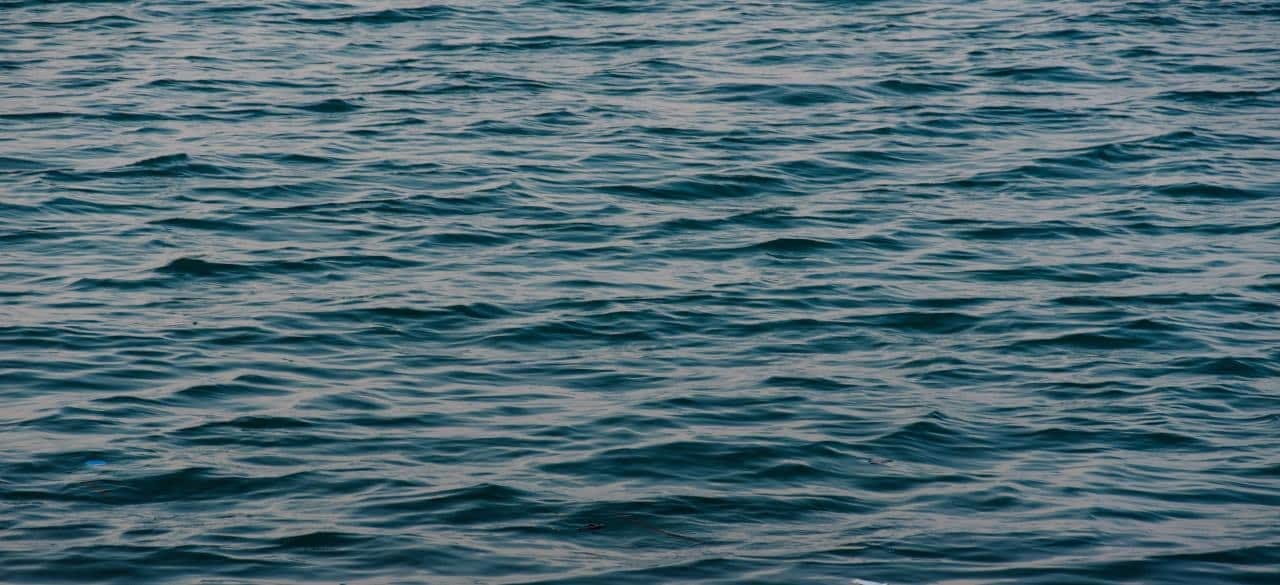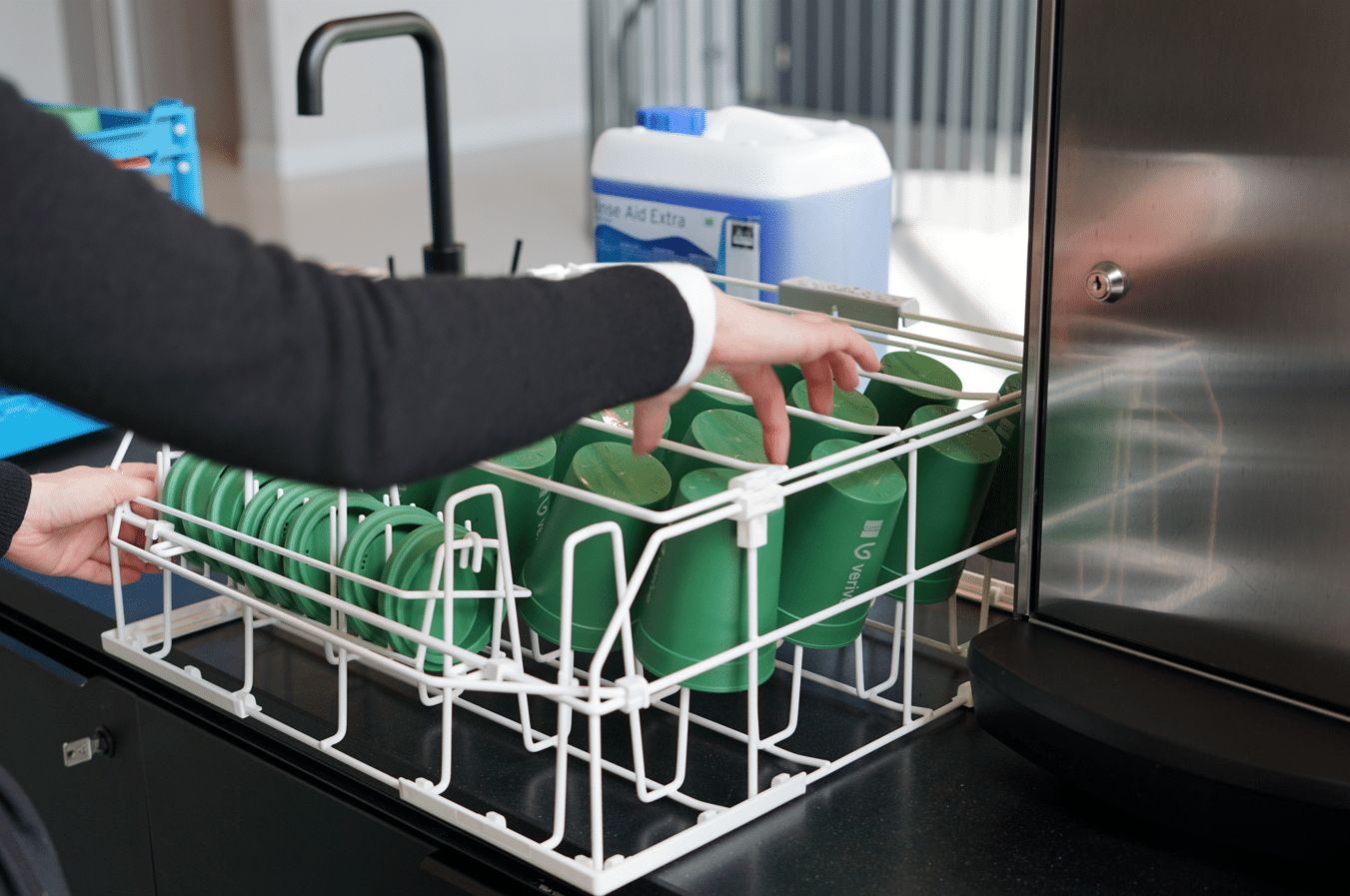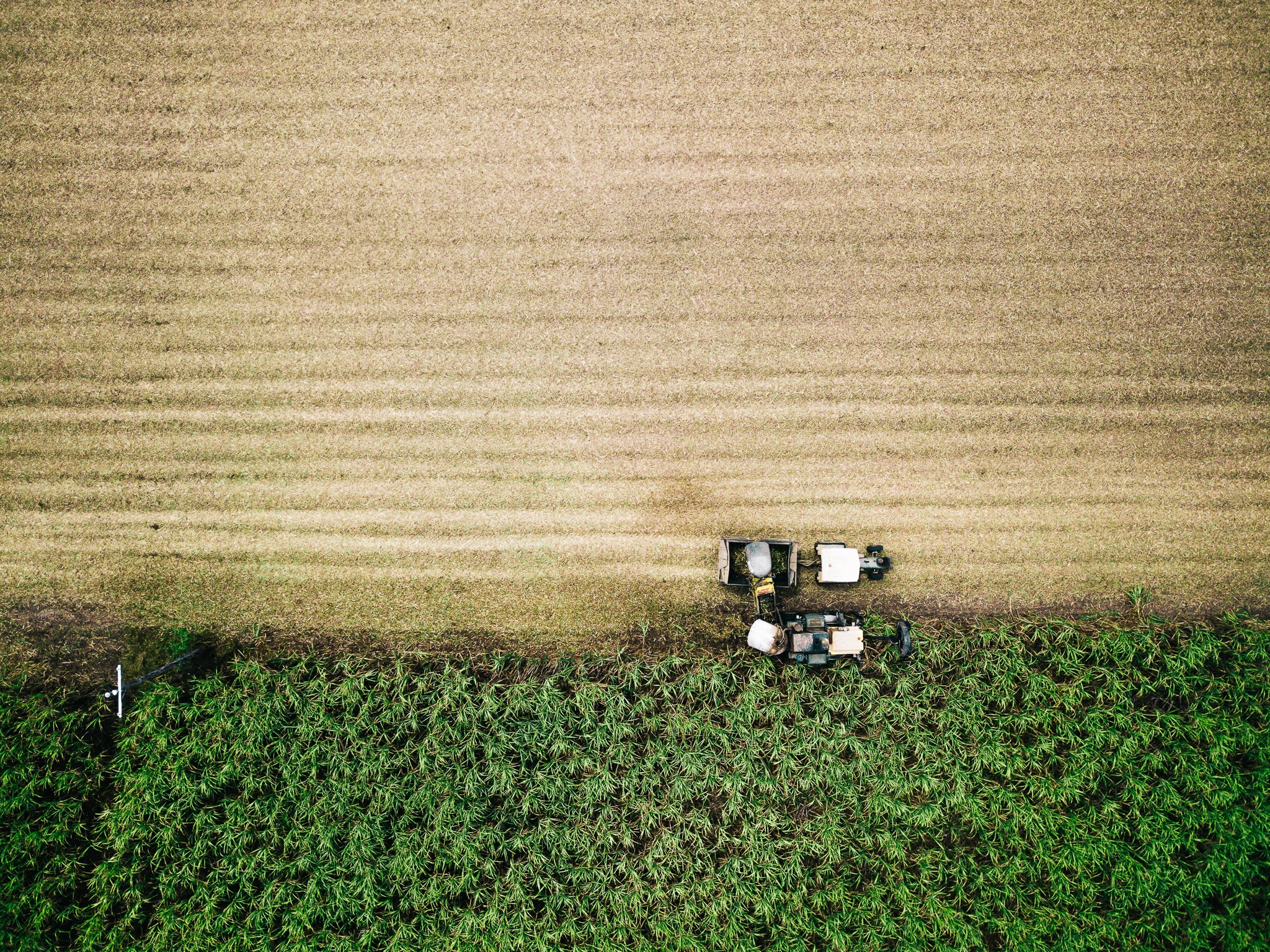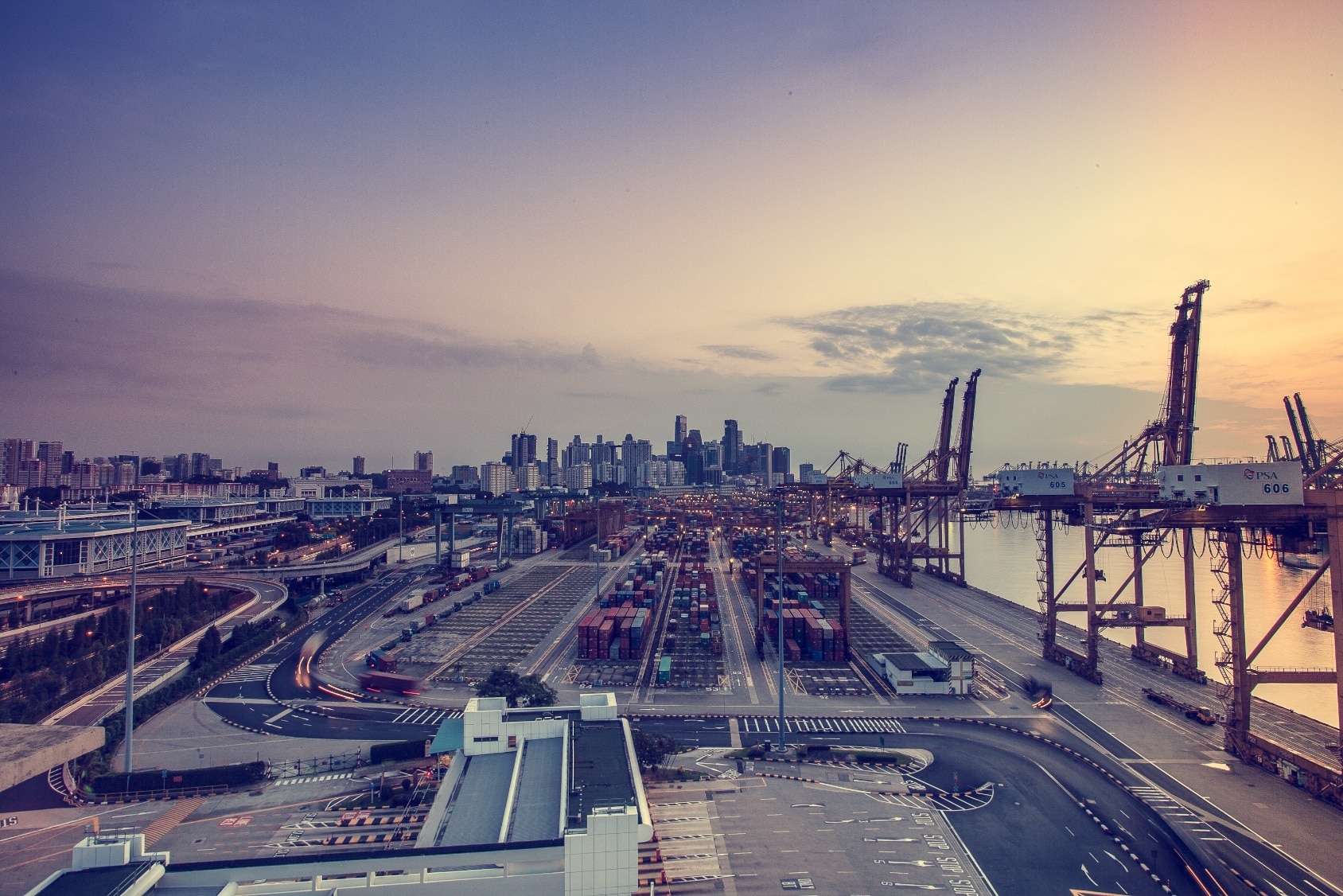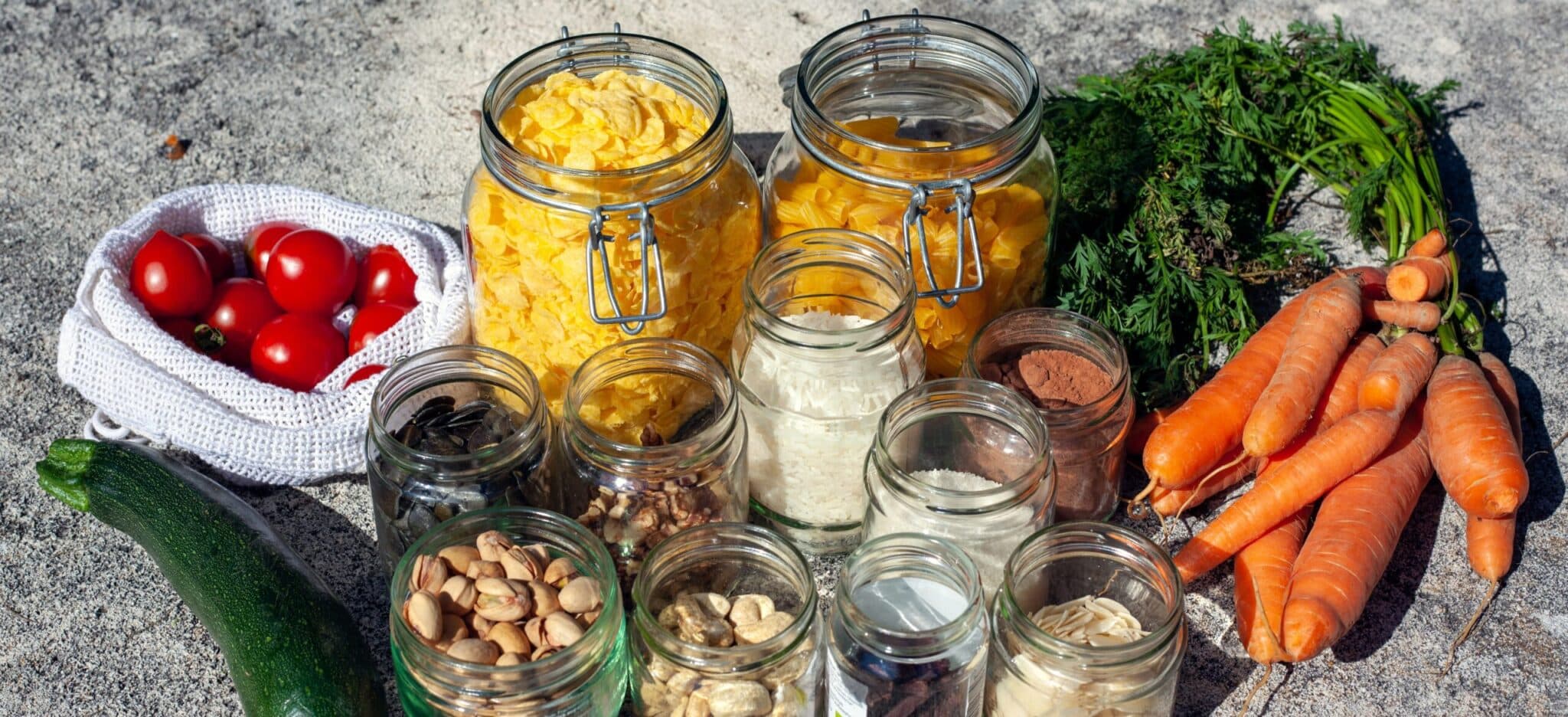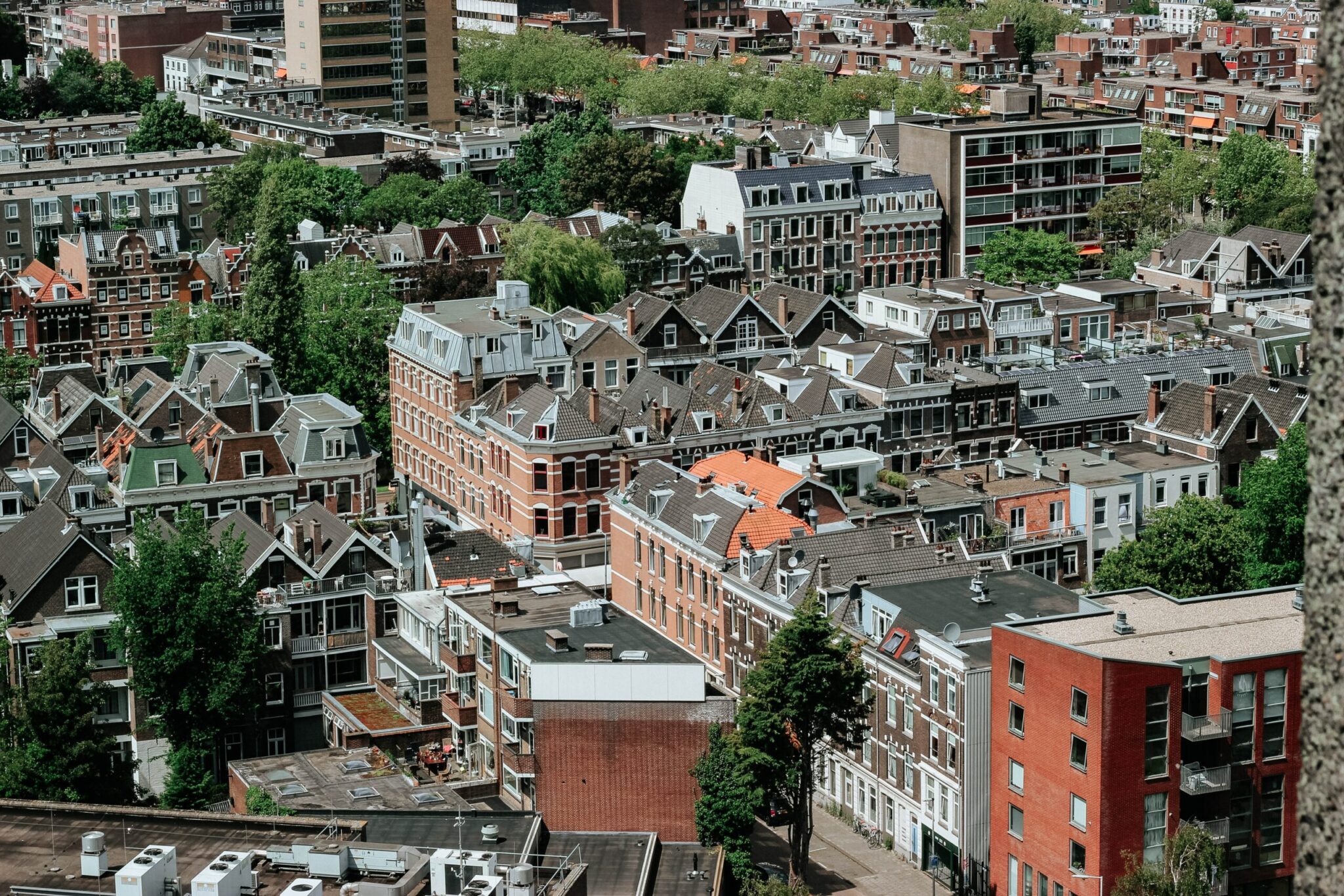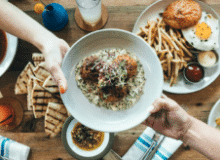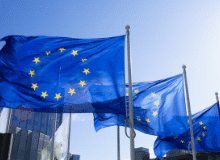About this article
Maybe you’ve heard of aqueous linings, which are fast replacing many PLA and PE linings. But do you have all the facts? Do you know about their sustainability and end of life? Consider this your guide to address any unanswered questions.
What is an aqueous lining, and why is it useful for food packaging?
While aqueous lining is not made from water, it carries that name because, like many inks and paints, it’s water-based. It uses a water-based dispersion system of polymers and additives to create a barrier. You might sometimes hear aqueous lining referred to as water-based lining or a water-based coating (these are all the same thing). Aqueous linings are food safe, contain no colourings, and have no smell or taste.
Some people refer to it as aqueous coating or a water-based coating because it’s not a conventional lining. It differs in how it’s applied to the paper product. Normally a lining like PLA (Polylactic Acid) or PE (Polyethylene) is ‘glued’ to the paper or is sprayed onto the paper, leaving a coating on the paper’s outermost layer.
Instead, aqueous lining acts more like paint or pigment in that it’s painted onto the food packaging material. Most of that fluid soaks into the paper fibres. This means only a small layer of aqueous lining is needed to provide the barrier required to transport and protect foodstuffs, making it useful for food packaging and cups, particularly for items containing fluids or those that need to be transported or stored in oil- or fat-resistant containers. That’s why we proudly feature aqueous lining in Verive paper cups and Verive takeaway meal boxes.

Why is aqueous lining preferred over other linings available on the market?
Aqueous lining is preferable because you need to apply less of it to prevent leakage than a more traditional coating like PE or PLA. To recap: Aqueous lining = inside the paper product fibres; PE/PLA linings = on the outside of the paper product (more on that later).
Currently, PE is coated with at least 15 grams per square metre, PLA with 30 grams per square meter, and aqueous lining is about 6 grams per square meter. So from a sustainability standpoint, you use much less plastic because less lining is needed.
To be clear, this means that aqueous linings/water-based coating do contain plastic polymers, just used in a significantly lower number than traditional coatings or glues but with the same leak and grease-proof result.
Does aqueous lining contain chemicals?
Yes, aqueous lining is a chemically-adjusted material, but it is non-toxic. Currently, there are multiple chemical compositions for aqueous linings. Much like chefs with their recipes, many manufacturers are reluctant to reveal their ‘secret’ ingredients for fear of losing their competitive advantage. That said, we ensure all food safety certificates are in place for Verive products using this lining. Any chemicals used in aqueous linings in Verive products are certified under EU food safety regulations for food contact products (i.e., EU regulation EU 10/2011 up to and including the 15th amendment 2020/1245/EC).
Does applying an aqueous lining impact the product’s quality or reliability?
We are happy to report that aqueous linings are extremely reliable, and they do not affect taste or smell in any way.
Given our commitment to transparency, we have to relay this fact: A general rule of thumb is that a maximum of 2% of cups may suffer from leakage issues owing to production processes. In the beginning, when PLA was first introduced as a lining, there were considerably more leakages. Over time this has improved immensely. Leakages are already few and far between when it comes to aqueous linings, however, as more producers get familiar with applying water-based coatings, leakages will continue to decline.
That said, Verive’s partner is one of the most well-known and well-established producers when it comes to aqueous lining. Therefore, the chance for leakage with Verive paper cups with aqueous lining and takeaway is nearly non-existent.
One challenge with aqueous lining and food pertains to alcoholic beverages. These compounds affect the liner and will cause more leakages than the standard coffee or tea. So if you anticipate serving a lot of glühwein, hot toddies, or spiked coffees/hot chocolates, reach out to us to discuss your best options.
Will aqueous lining decompose in the environment?
No, aqueous lining will remain in the environment because it needs specialised composting facilities in order to break down. These packaging products need to be put into the proper composting or recycling bins available to consumers in their locality. This is always why aqueous lined products claiming to be biodegradable need to be met with skepticism. Read why biodegradable can be a misleading term and what to look for instead.

Can aqueous lined coffee cups be recycled?
The recycling of aqueous-lined coffee cups varies between countries and even regions. From a practical perspective, the move from fibres where the plastic is only on the outside, and can possibly be removed, to plastic-coated fibres complicates existing recycling methods.
However, because there’s already a need for recycling processes to adapt to accommodate fibres contaminated by food, we expect future recycling systems to change. There’s no indication when this will happen, but the market is in motion, driving the demand for more up-to-date recycling practices. Right now, we have to adapt our materials to what the recyclers can handle. But there will be a moment when this changes, and recyclers will have to adapt to what the market is offering.
Have more questions about water-based coatings?
Feel free to get in touch! We are happy to answer all your questions about our products, materials and the latest trends in alternative food packaging. You can find us here: info@verive.eu.
